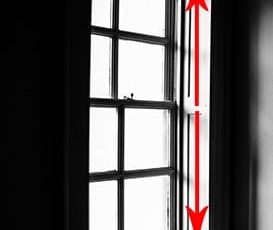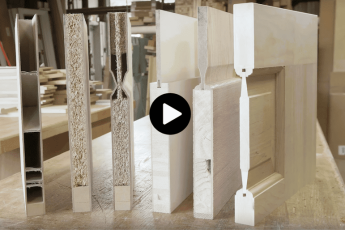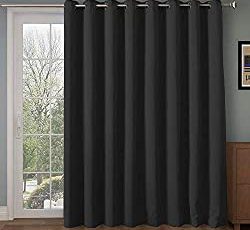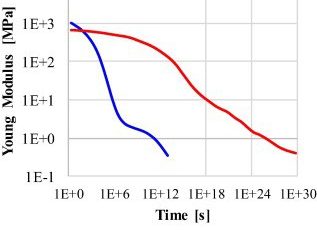Sound-proof Paint is an inexpensive and effective way to reduce noise. You can also use soundproof panels, acoustic tiles, or other insulating materials to improve the sound-proofing properties of your home. However, these options are more expensive and require specialized knowledge. For best results, you should choose paint that has the right blend of fillers and thickness for your needs.
Sound-absorbing fillers
Sound-proof paint is thicker than normal house paint and is designed to block out sound. To achieve this, the paint has fillers in the form of thermacels or ceramic microspheres. Thermacels are essentially vacuum-sealed packages that are filled with soft pigment. When sound strikes the thermacels, the pigment vibrates, absorbing the sound wave. Ceramic microspheres also boost the density of the paint, making it uniform and thicker. Ordinary paint is made without filler, so this additive is necessary to make soundproof paint work.
Sound-proof paint is easy to apply and requires no special tools. It can be applied on any surface that would normally be painted. It is also available in different shades, which makes it very versatile. Most sound-proof paints come in lighter shades. Moreover, they can be applied to a smaller area than ordinary paint.
Sound-proof paint is a great option for sound-proofing your home, as it reduces the echo effects of sound coming from outside and within the room. Sound-proof paints contain thermacels that help prevent sound waves from spreading and bouncing. They are also thick enough to minimize the impact of sound in the room.
The basic principle behind sound-proof paint is that it blocks mid-frequency noises. It also reduces the echo that results from sound bouncing off walls. Soundproof paints also provide thermal insulation. The use of these materials can help you reduce noise levels by 15 to 20%.
Soundproof paints also work on low-frequency noises. These noises are irritating to people working on their projects, but a soundproof paint will eliminate these sounds entirely. Sound-proof paints can also be used as a thermal insulation sheet, preventing the transfer of heat energy. Some users report a noticeable change in temperature in the space after the paint has been applied.
Thickness
Sound-proof paint has two main characteristics: it’s dense and thick compared to regular wall paint, and it doesn’t spread as easily. It’s also a water-based material, which absorbs sound waves better than oil-based paint. Sound-proof paint also contains ceramic microspheres and thermacells, which help to absorb sound energy. The thickness of sound-proof paint has an effect on how effective it is at deadening sound, so it’s best to buy one that has a proper thickness before applying it to your walls.
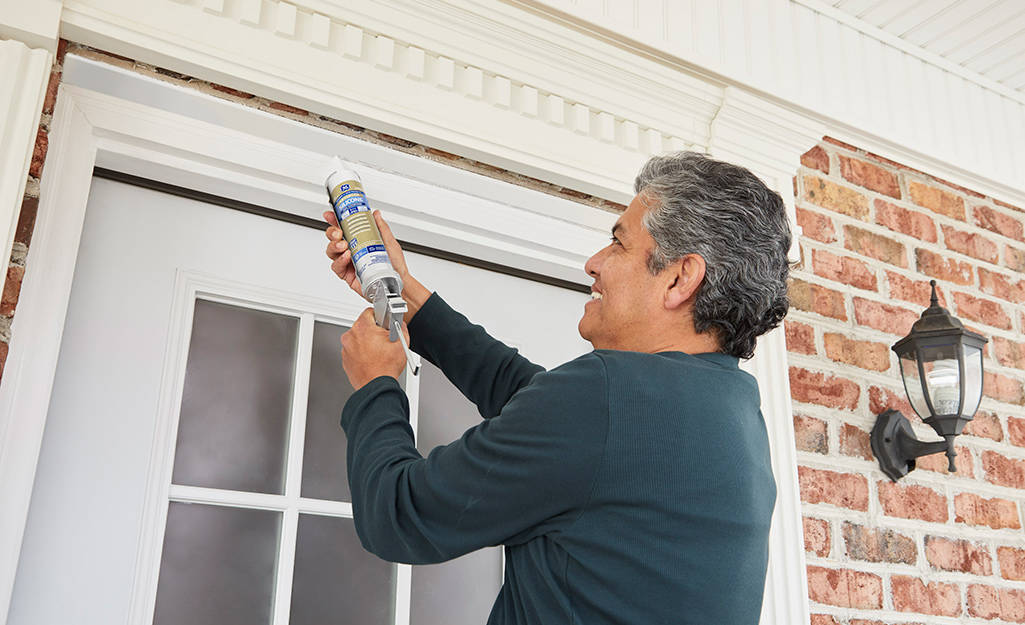
The thickness of sound-proof paint is usually in the 30 percent range for a gallon. It can be higher than that for some wall paints. You should know that sound-proof paints are available in a variety of colors and can cost upwards of $100 per gallon. Typically, darker colors cost more. This is because more pigment is used to create them.
Sound-proof paint also takes longer to dry than ordinary paint. A typical application can take up to 16 hours, but you should allow up to 32 hours for the paint to fully dry. As with any type of paint, soundproof paint is best used on walls and not on ceilings. It’s also best used in rooms where people spend a lot of time.
The best sound-proof paint is made of thermacel, which absorbs sound energy. Because of this, it decreases echo and reduces mid-range noise by 30%. It also enhances heat insulation.
Finish coat
Sound-proof paint is made of heavy liquid-based mixtures that can reduce echo caused by sound bouncing off walls. It also acts as a thermal insulator and blocks mid-frequency sounds. This type of paint isn’t cheap, and you will probably have to add two or three layers of it before the wall can look as smooth as you would like.
Sound-proof paint takes longer to dry than conventional paint. The thicker it is, the more effective it is at blocking sound. Therefore, you need to estimate how much paint you need before you start painting. Usually, a 100-square-foot area requires about a gallon of paint.
Sound-proof paint has a higher density than ordinary paint and is filled with sound-absorbing ceramic microspheres and Thermacels. These insulating materials are packed with vacuum and create a dense surface. This paint also includes soft pigments that absorb sound. This makes the wall look thicker and hides flaws.
There are several ways to finish soundproof paint. You can use an airless paint sprayer or apply a standard paint roller. You can also decorate the surface with wallpaper or decorative paint. The finish coat can be applied multiple times to achieve an even finish. However, before applying this paint, it is important to make sure that the surface is clean and free of chalk.
Environmentally friendly
Environmentally friendly sound-proof paints can be used on walls to reduce noise levels. These paints are also effective in preventing the transfer of heat energy. The paints are available in different shades to suit specific rooms and situations. They do not contain toxins, and are suitable for both interior and exterior walls.

A gallon of soundproof paint costs about $30. While that price is more expensive than normal paint, a gallon will cover about 150 square feet of surface area. Soundproof paints are water-based and contain latex, which is non-toxic and fast-drying. They are also easy to clean and do not leave any sticky residue.
Most sound-proof paints are made of vinyl acrylic, commonly known as Latex. This substance is specially made to absorb sound and act as a thermal insulation. It also contains special soundproofing fillers, such as ceramic microspheres. These fillers add mass to walls, which reduces echo.
Choosing the right sound-proof paint can be a challenge. The best solution is to use a combination of two or three materials. Soundproof panels, acoustic tiles and other insulating materials are more effective. While paints are inexpensive and effective solutions, they do not have the long-term effects of soundproof panels.
Sound-proof paint is available in several types, including thick liquid-based soundproof paints. These paints can block lower to mid-frequency sounds and reduce the echo caused by sound bouncing off walls. They can also be environmentally friendly and save you money. So, if you want to reduce noise pollution in your home, you should consider using soundproof paints instead of the more expensive alternatives.
Soundproof paints can make a significant difference in noise levels in a room. Sound-proof paints can reduce background noise levels by up to 30%. However, they are not as effective at blocking high-frequency noise.
Cost
You can install sound-proof paint on your existing walls to reduce the noise in your home. The process involves applying thick layers of the paint to all the walls of your home. The paint should cover all the large holes in the walls and ceiling. It’s important to apply it to all walls in the desired location.
Sound-proof paint is not as expensive as you might think. You can find a gallon for about $30. It’s also less expensive than other soundproofing methods. However, some spots in your house may need higher heat insulation and may require more than one layer of the paint. Sound-proof paint is available in many different colors.
Depending on the location and size of your shared walls, you can apply sound-proof paint to your walls for less than $1.50 per square foot. However, the cost can be higher if you need multiple shipments. As a result, you may want to choose the method that is most convenient for your budget.

Cost-effective soundproof paint can be purchased at home improvement stores and online. A gallon of soundproof paint can cover about 150 square feet. It is water-based, so it is non-toxic and fast-drying. It is ideal for shared accommodation where noise can be an issue. The price range will depend on the amount of walls that need to be painted and the quality of the sound-proof paint.
Soundproof paint is interchangeable with ordinary paint, so it can be used on most surfaces. Most noise-dampening paint comes in a variety of different colors, but most of them will be light in color. It is not possible to find darker shades of noise-dampening paint.

